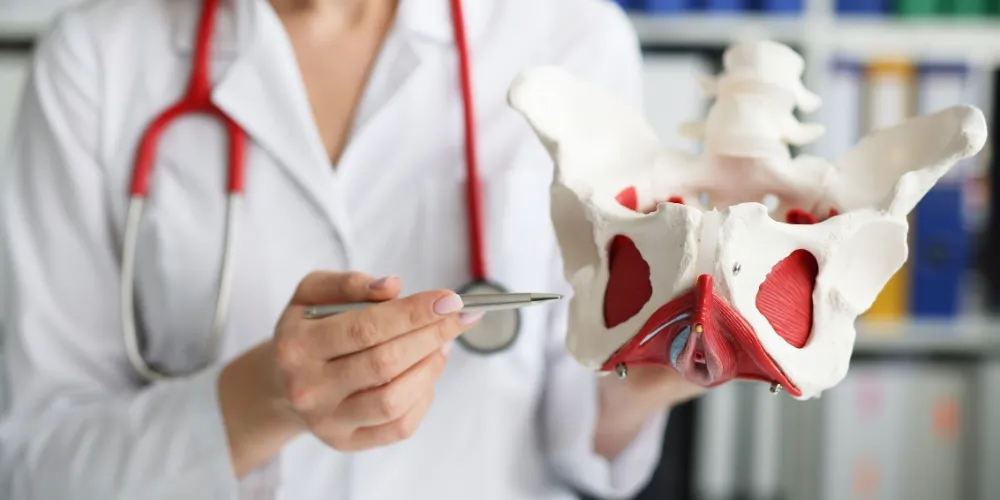The European research project for the prevention of perineal tears, coordinated by IMT Mines Alès is one of the few projects to have been selected for EIC Pathfinder funding, as part of the Horizon Europe program !
An ambitious research project to prevent perineal tears
“EIC Pathfinder supports initiatives that explore innovative and risky ideas, that are likely to lead to the development of new technologies, and possibly even groundbreaking innovations.”
PELVITRACK stood out among the 45 new projects shortlisted out of more than 1,100 applications, including just 3 from France !
The PELVITRACK project is led by Anne-Sophie Caro and Sarah Iaquinta, IMT Mines Alès research professors at LMGC, with the goal of “live monitoring of the condition of the pelvic floor to predict perineal damage in real time”.
Better anticipation of perineal tears
In Europe today, 32% of women and 16% of men are affected by perineal dysfunction.
These disorders can be linked to traumatic childbirth, hormonal factors, lifestyle or the practice of high-impact sports. In most cases, early detection means better treatment.
With this is mind, the PELVITRACK project was developed to provide practitioners with a predictive tool.
Learn more about the PELVITRACK project In this article available on I’MTech, Anne-Sophie Caro and Sarah Iaquinta explain the methods of prevention and possible consequences of the research into improving prediction and medical treatment.
A European consortium, led by IMT Mines Alès
This multidisciplinary project (mechanics, medical, materials, etc.) brings together 11 partners from 8 European countries (France, Spain, Italy, Czech Republic, Portugal, United Kingdom, Switzerland), including renowned research institutions, universities, hospitals and SMEs, and it will run for 48 months with funding of €3.2 million !
Project partners:
- Mines Saint-Etienne
- École Nationale Supérieure des Mines de Paris (Mines Paris Materials Center);
- Nîmes Carremeau University Hospital (Obstetrics and Gynecology Department);
- CNRS (FEMTO – ST, LMGC, LMA),
- Lille University Hospital (Department of Gynecologic Surgery);
- Centrale Lille (LaMcube);
- Marseille Regional Hospital public assistance – Marseille Hospitals (Obstetrics Department – Hôpital de la Conception);
- UNIVERSIDAD DE ZARAGOZA (Aragon Institute for Engineering Research (I3A));
- POLITECNICO DI TORINO (Electronics and Telecommunications);
- University of West Bohemia (New Technologies – Research Center);
- INEGI – Instituto De Ciencia E Inovacao Em Engenharia Mecanica E Engenharia Industrial (Biomechanics and Health Unit);
- VIRTUALCARE, LDA (R&D department);
- Superviseme LTD;
- Swiss Federal Institute of Technology Lausanne (Signal Processing Laboratory (LTS5)).




